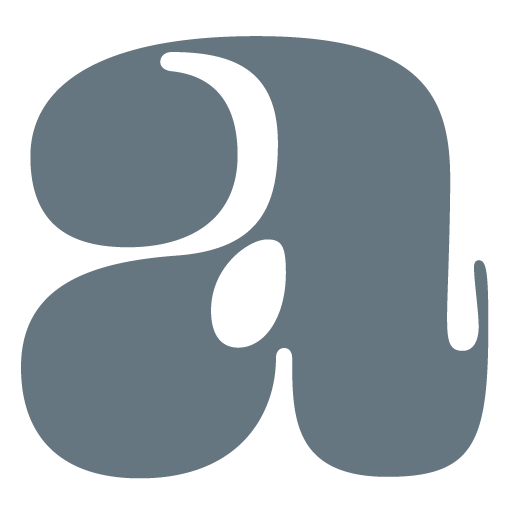Whether you’re a blogger, a business owner, or a content marketer, creating high-quality content is essential for attracting and retaining your audience. However, creating content is just the first step in the process. To truly succeed in the online world, you must continually assess the performance of your content. This is where content performance metrics come into play. In this article, we will explore the importance of content performance metrics and discuss key metrics to evaluate the success of your blog and pages.
The Significance of Content Performance Metrics
Content performance metrics are essential tools for understanding how well your content is performing. They provide valuable insights into your audience’s behavior, allowing you to make data-driven decisions to improve your content strategy. Here are some reasons why content performance metrics are crucial:
Measures Success
Content performance metrics help you determine which pieces of content are successful and which ones need improvement. By tracking these metrics, you can identify trends and patterns that inform your future content creation efforts.
Audience Engagement
Understanding how your audience engages with your content is vital for building a loyal following. Metrics like time on page, bounce rate, and social shares provide insights into the level of engagement your content generates.
Search Engine Optimization
Search engine optimization (SEO) is essential for improving your content’s visibility in search engine results pages (SERPs). Metrics like organic traffic, keyword rankings, and click-through rates (CTR) help you assess the effectiveness of your SEO efforts.
Conversion Rate
If your content’s ultimate goal is to drive conversions, whether it’s sales, lead generation, or newsletter sign-ups, tracking conversion metrics is essential. These metrics reveal how well your content is converting visitors into customers or leads.
Content Strategy Refinement
Content performance metrics guide you in refining your content strategy. By analyzing the data, you can identify gaps in your content and adjust your approach to better meet your audience’s needs and preferences.
Key Content Performance Metrics to Evaluate
Now that we understand the importance of content performance metrics let’s take a look at some of the key metrics you should evaluate when assessing the success of your blog and pages.
Pageviews
Pageviews indicate how many times a particular page on your website has been viewed. It’s a basic metric that provides insights into the popularity of your content. High pageviews often indicate that the topic resonates with your audience.
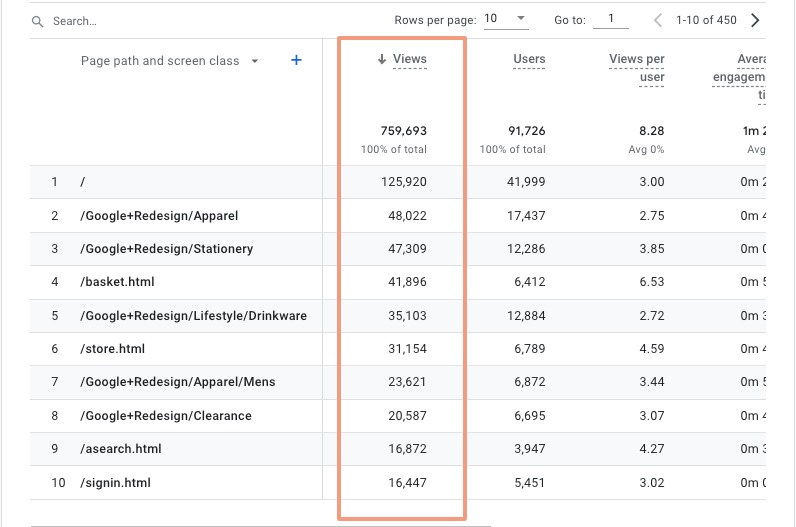
Unique Visitors
Unique visitors represent the number of distinct individuals who visit your blog or page during a specified time frame. This metric helps you understand your content’s reach and how many different people are engaging with it.
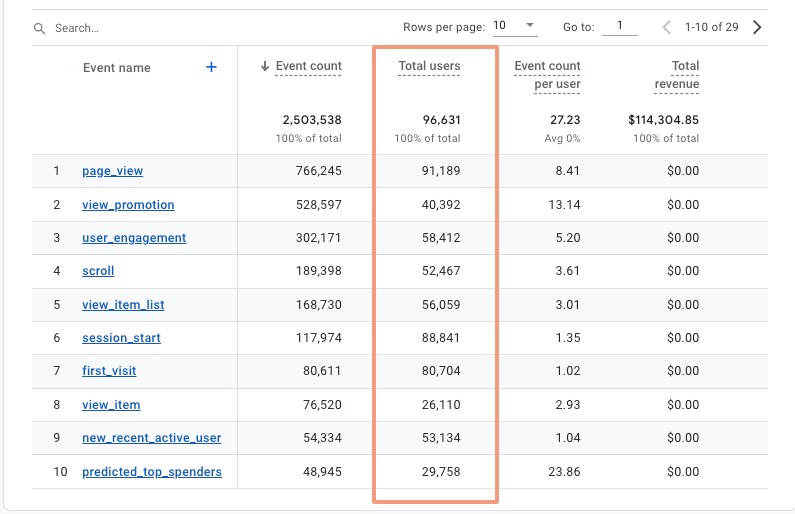
Bounce Rate
The bounce rate measures the percentage of visitors who leave your website after viewing only one page. A high bounce rate suggests that visitors are not finding what they’re looking for or that your content is not engaging enough. Reducing bounce rates is a key goal for improving content performance.
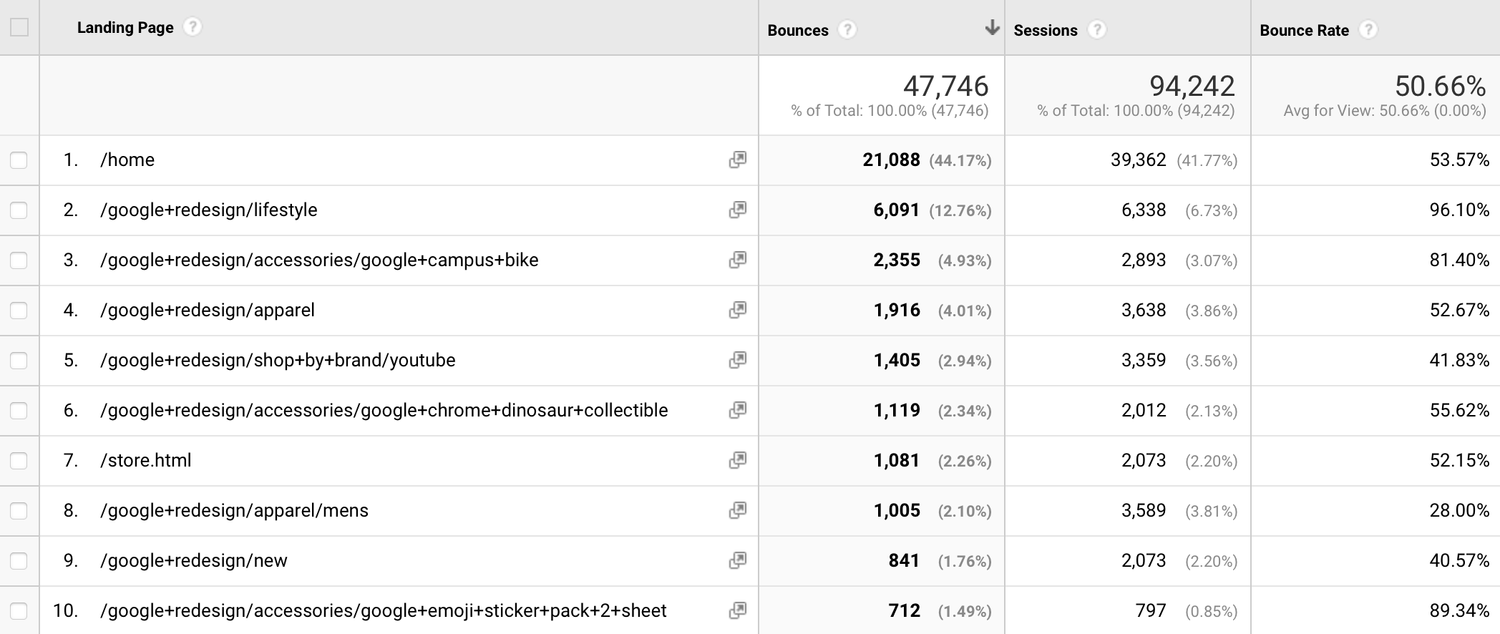
Time On Page
Time on page indicates how long, on average, visitors spend on a particular page. Longer times generally indicate that your content is engaging and holds the reader’s interest.

Click-Through Rate (CTR)
CTR measures the percentage of users who click on a specific link or call-to-action (CTA) on your page. This metric is crucial for assessing the effectiveness of your CTAs and determining how well your content encourages action.
Conversion Rate
Conversion rate tracks the percentage of visitors who take a desired action, such as making a purchase, signing up for a newsletter, or filling out a contact form. It’s a critical metric for measuring the success of your content in achieving its goals.
Organic Traffic
Organic traffic represents the number of visitors who find your content through search engines. Monitoring organic traffic helps you gauge the effectiveness of your SEO efforts and the relevance of your content to search queries.

Social Shares
Social shares indicate how often your content is shared on social media platforms. They provide insight into the virality and reach of your content, as well as its ability to resonate with your audience.
Scroll Depth
Scroll depth measures how far down the page your visitors scroll. It helps you understand if users are engaging with your content beyond the initial glance and if your content layout encourages further exploration.
Exit Rate
Exit rate shows the percentage of visitors who leave your website from a specific page. It’s important to identify which pages have high exit rates, as this can highlight areas of your website that may need improvement.
Setting Goals and Benchmarks
To effectively use content performance metrics, it’s crucial to set goals and benchmarks for your content. Without clear objectives, it’s challenging to determine whether your content is succeeding or falling short of expectations. Here’s how to establish goals and benchmarks for your content:
Define Your Objectives
Start by defining the specific objectives of your content. Are you aiming to increase brand awareness, drive sales, generate leads, or provide valuable information to your audience? Each objective may require different sets of metrics for evaluation.
Establish Baseline Metrics
Before implementing changes or improvements, establish baseline metrics to measure your content’s current performance. This provides a reference point for evaluating the impact of your efforts.
Set SMART Goals
SMART goals are Specific, Measurable, Achievable, Relevant, and Time-bound. For example, if your goal is to increase newsletter sign-ups, you might set a SMART goal like, “Increase monthly newsletter sign-ups by 15% within the next quarter.”
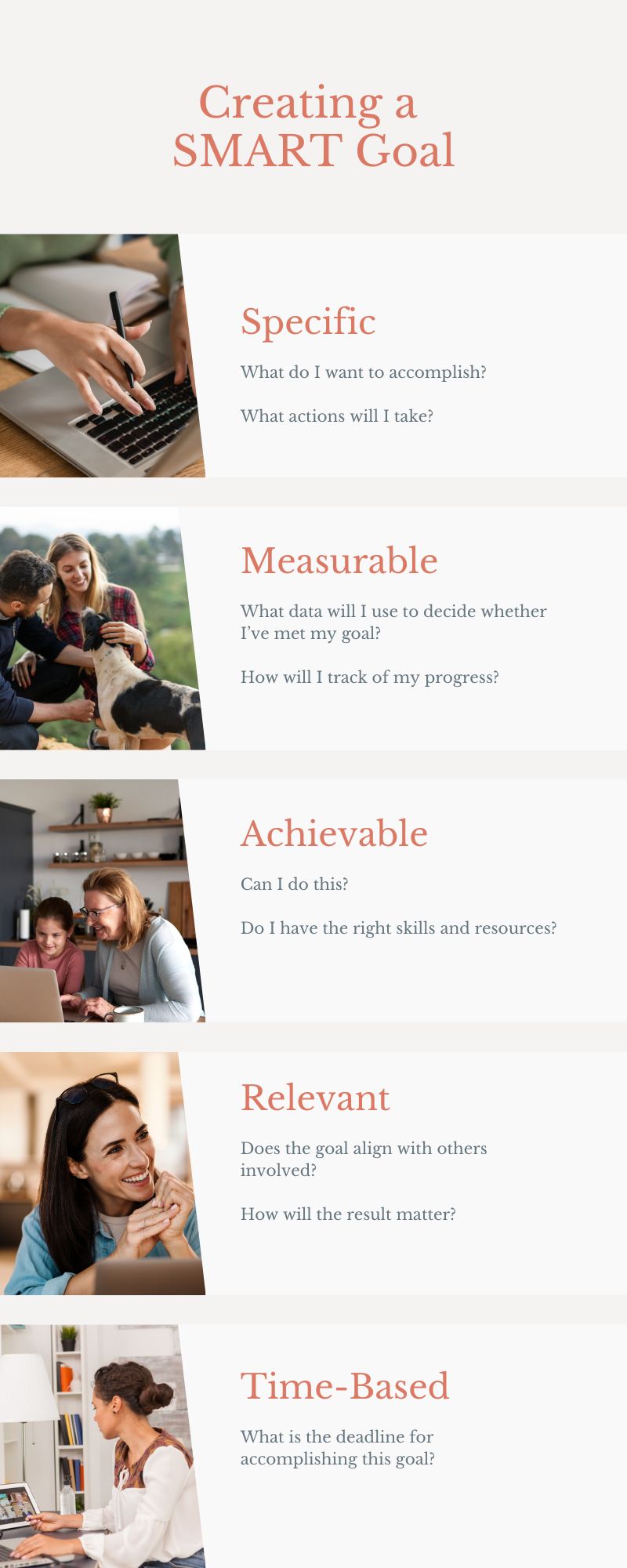
Monitor Progress
Regularly monitor your content performance metrics to track progress toward your goals. Use analytics tools and dashboards to make it easier to visualize and analyze the data.
Adjust and Iterate
Based on your performance metrics, make adjustments to your content strategy as needed. If a particular blog post is driving high engagement, consider creating more content on similar topics. Conversely, if a page has a high bounce rate, work on improving its content or user experience.
Bonus Tip!
Another action that business owners can take to evaluate the success of their blog and pages is to conduct a Website Assessment. This involves an analysis of your website’s design, functionality, and feedback. It helps you identify areas where visitors might be dropping off or experiencing difficulties. By understanding these pain points, you can implement targeted improvements to enhance the overall conversion process.
Take Away
Evaluating the success of your blog and pages through content performance metrics is an ongoing process that can significantly impact your efficiency. By understanding how your audience engages with your content, you can make informed decisions to improve your content strategy, increase engagement, and achieve your business objectives. Remember that different objectives may require different sets of metrics, so tailor your approach to align with your goals. Content performance metrics are not just numbers; they are valuable insights that guide you toward creating content that resonates with your audience.
